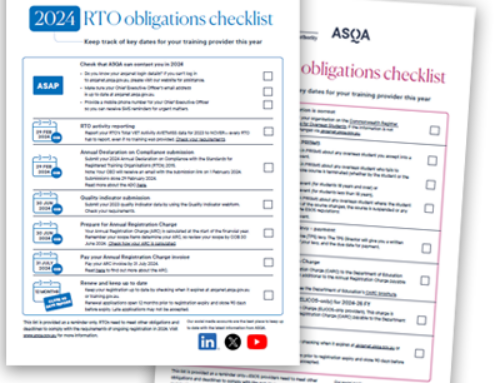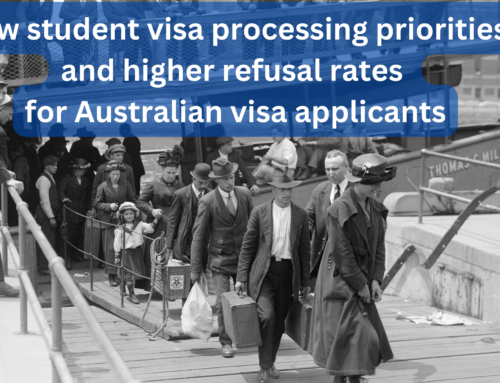Accessibility is inclusion, a right guaranteed for all persons with disabilities or those with reduced mobility. Through it, life can be independent and redeem citizenship and sociability for these people.
Some cities around the world have already understood the importance of investing in adaptations to improve the quality of life of their residents.
Therefore, knowing some places and their projects counts and a lot when deciding where to study.
London
The capital of the United Kingdom has some curious features, as although it is part of the Old World, it is also modern in accessibility. Probably this is because it was the first urbanized city in the world, soon having a vocation for a structure that worked for everyone. So much that it was the first to have a law against any kind of discrimination against people with special needs.
Whether at subway stations, in transport, on sidewalks and in shops, everywhere London is ready to receive. In addition, all of this has been enhanced as a legacy of the 2012 Paralympic Games, including the rule that people with special needs do not pay for public transportation in the city.
The city’s main tourist attractions, such as St. Paul’s Cathedral, the London Tower and even the London Eye have accessibility adaptations.
Sydney
From Australia comes a great example of accessibility to the world, the city of Sydney. There, they created a major revolution to alter as much of their urban perimeter as possible to make the necessary adaptations.
All ferries on Sydney Bay have ramps to improve accessibility, and 100% of taxis are wheelchair accessible. The vast majority of shops, restaurants and accommodations are also adapted, as are all major attractions.
Stockholm
From Europe also comes the example of the Nordic city, which implemented a comprehensive accessibility project nearly two decades ago. The government has created a mixed team, bringing together representatives of society and political authorities to discuss issues pertaining to the inclusion and remodeling of the capital of Sweden. They hold monthly meetings and do two tours a year in all areas so that experts can see what can be improved and what needs to be fixed.
To make all this happen, they also rely on technology to create and develop the most assertive projects. For inspections, professionals use special glasses that simulate situations in which people with special needs may face, and rely on high-development software to design interventions and adaptations.





Leave A Comment